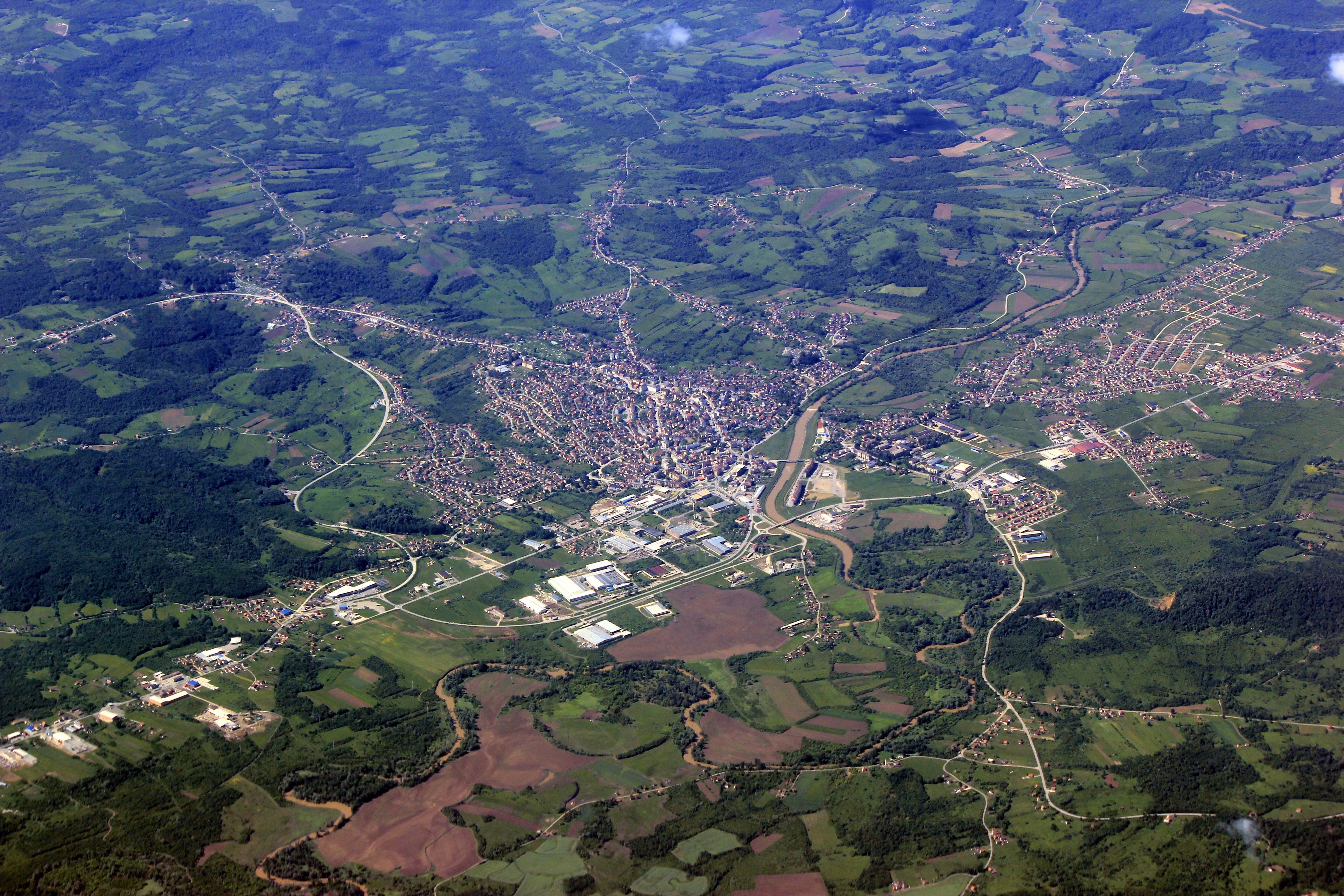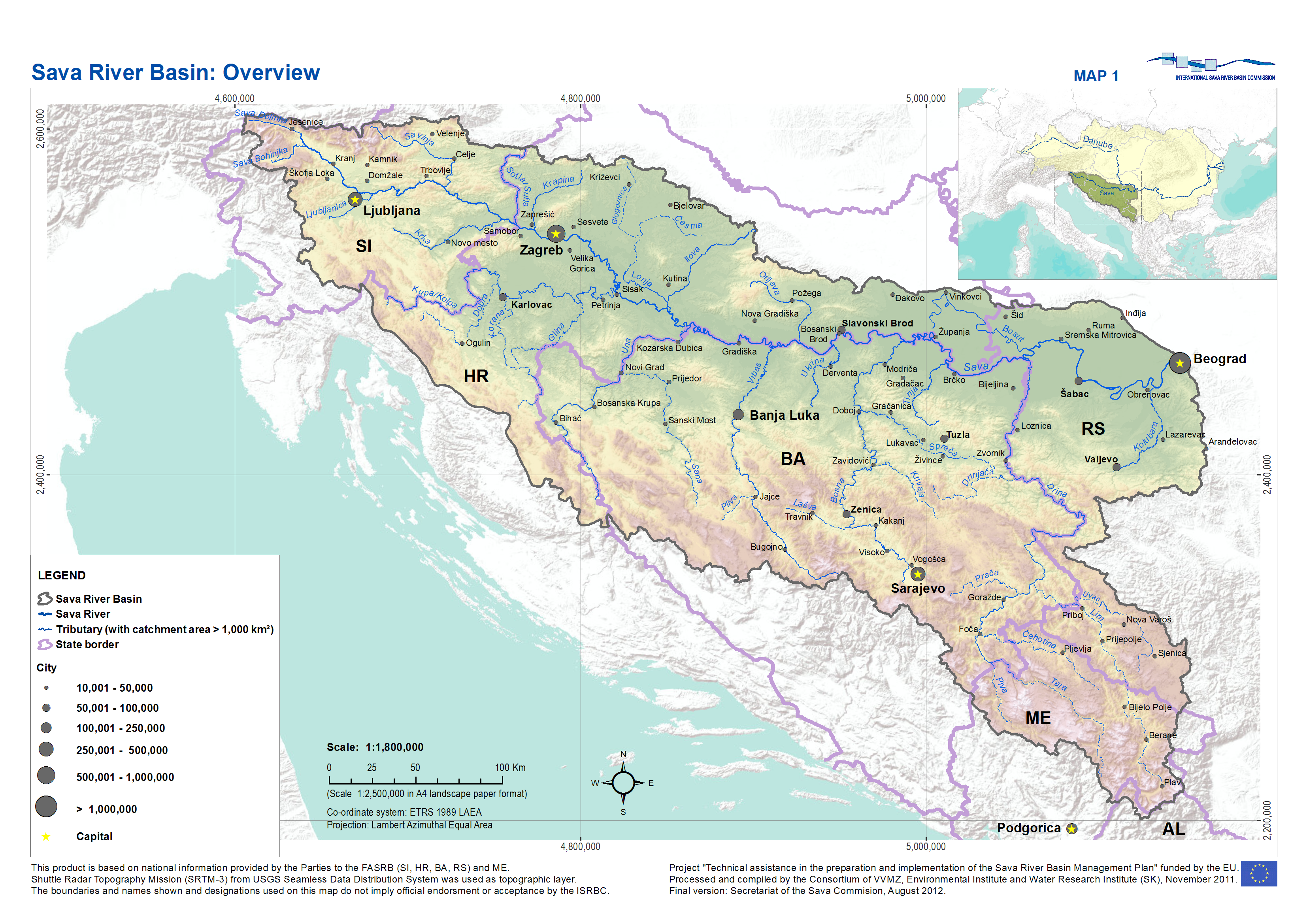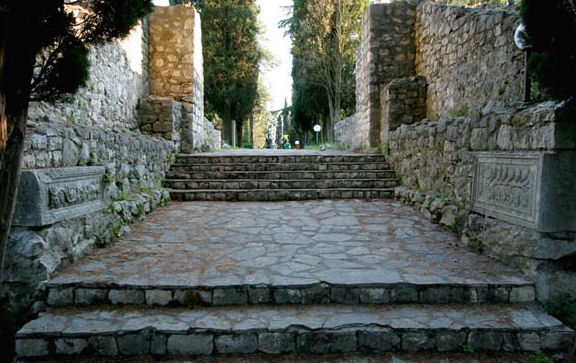|
┼Āokac Dialect
┼Āokac (''┼Īoka─Źki jezik'') was a language listed in Austro-Hungarian censuses. Population censuses performed in Austria-Hungary recorded the native language of the citizens, whereby ┼Āokac was declared as native language to one part of the population, presumably members of the ┼Āokci ethnic group. According to the 1910 census, the speakers of ┼Āokac were recorded in the Ba─Źka-Bodrog County, in the municipalities of Apatin, Baja, Od┼Šaci, and Palanka. Although, not very different from Croatian or Serbian Shtokavian speech, ┼Āokac could be identified along with Slavonian dialect of the Old-Shtokavian speech. Today, most of the members of the ┼Āokci community declare themselves as Croats in the census, and their language as Croatian or Serbian. Distribution The Slavonian dialect is spoken by ┼Āokci who live in some parts of Slavonia, Ba─Źka, Baranja, Syrmia, in eastern Croatia, northern Serbia (Vojvodina), and Hungary, as well as in northern Bosnia. The Slavonian dialect h ... [...More Info...] [...Related Items...] OR: [Wikipedia] [Google] [Baidu] |
Austria-Hungary
Austria-Hungary, also referred to as the Austro-Hungarian Empire, the Dual Monarchy or the Habsburg Monarchy, was a multi-national constitutional monarchy in Central Europe#Before World War I, Central Europe between 1867 and 1918. A military and diplomatic alliance, it consisted of two sovereign states with a single monarch who was titled both the Emperor of Austria and the King of Hungary. Austria-Hungary constituted the last phase in the constitutional evolution of the Habsburg monarchy: it was formed with the Austro-Hungarian Compromise of 1867 in the aftermath of the Austro-Prussian War, following wars of independence by Hungary in opposition to Habsburg rule. It was dissolved shortly after Dissolution of Austria-Hungary#Dissolution, Hungary terminated the union with Austria in 1918 at the end of World War 1. One of Europe's major powers, Austria-Hungary was geographically the second-largest country in Europe (after Russian Empire, Russia) and the third-most populous (afte ... [...More Info...] [...Related Items...] OR: [Wikipedia] [Google] [Baidu] |
Croatia
Croatia, officially the Republic of Croatia, is a country in Central Europe, Central and Southeast Europe, on the coast of the Adriatic Sea. It borders Slovenia to the northwest, Hungary to the northeast, Serbia to the east, Bosnia and Herzegovina and Montenegro to the southeast, and shares a maritime border with Italy to the west. Its capital and largest city, Zagreb, forms one of the country's Administrative divisions of Croatia, primary subdivisions, with Counties of Croatia, twenty counties. Other major urban centers include Split, Croatia, Split, Rijeka and Osijek. The country spans , and has a population of nearly 3.9 million. The Croats arrived in modern-day Croatia, then part of Illyria, Roman Illyria, in the late 6th century. By the 7th century, they had organized the territory into Duchy of Croatia, two duchies. Croatia was first internationally recognized as independent on 7 June 879 during the reign of Duke Branimir of Croatia, Branimir. Tomislav of Croatia, Tomis ... [...More Info...] [...Related Items...] OR: [Wikipedia] [Google] [Baidu] |
Orubica
Orubica is a village in the municipality of Davor, Croatia Croatia, officially the Republic of Croatia, is a country in Central Europe, Central and Southeast Europe, on the coast of the Adriatic Sea. It borders Slovenia to the northwest, Hungary to the northeast, Serbia to the east, Bosnia and Herze ....Official results from the book: Ethnic Croatia population, by municipalities and settlements, 2001. census, Zavod za statistiku Hrvatske References {{Coord, 45, 08, N, 17, 27, E, display=title, region:HR_type:city_source:GNS-enwiki Populated places in Brod-Posavina County ... [...More Info...] [...Related Items...] OR: [Wikipedia] [Google] [Baidu] |
Davor, Croatia
Davor is a naselje, village and a municipality in Brod-Posavina County. It is located about west of the city of Slavonski Brod, Croatia, on the left bank of the Sava river across Srbac. The village was called Svinjar before 1896. Demographics In 2021, the municipality had 2,529 residents in the following settlements: *Davor, population 2,025 *Orubica, population 504 An absolute majority are Croats (2011 census). Notable people Notable people that were born or lived in Davor include: * Ivica Oli─ć (b. 14 September 1979), football player * Matija Antun Relkovi─ć (6 January 1732 ŌĆō 22 January 1798), writer * Antun ┼Ākvor─Źevi─ć (b. 8 May 1947), bishop References External links * Municipalities of Croatia Populated places in Brod-Posavina County Bosnia and HerzegovinaŌĆōCroatia border crossings {{BrodPosavina-geo-stub ... [...More Info...] [...Related Items...] OR: [Wikipedia] [Google] [Baidu] |
Neo-Shtokavian
Shtokavian or ┼Ātokavian (; sh-Latn, ┼Ītokavski / sh-Cyrl, italics=no, čłč鹊ą║ą░ą▓čüą║ąĖ, ) is the prestige supradialect of the pluricentric Serbo-Croatian language and the basis of its Serbian, Croatian, Bosnian and Montenegrin standards. It is a part of the South Slavic dialect continuum. Its name comes from the form for the interrogative pronoun for "what" . This is in contrast to Kajkavian and Chakavian ( and also meaning "what"). Shtokavian is spoken in Serbia, Montenegro, Bosnia and Herzegovina, much of Croatia, and the southern part of Austria's Burgenland. The primary subdivisions of Shtokavian are based on three principles: one is different accents whether the subdialect is Old-Shtokavian or Neo-Shtokavian, second is the way the old Slavic phoneme ''yat'' has changed (Ikavian, Ijekavian or Ekavian), and third is presence of Young Proto-Slavic isogloss (Schakavian or Shtakavian). Modern dialectology generally recognises seven Shtokavian subdialects. Early his ... [...More Info...] [...Related Items...] OR: [Wikipedia] [Google] [Baidu] |
Podravina
''Podravina'' (in Croatian) or ''Podravje'' (in Slovenian) are Slavic names for the Drava river basin in northern Croatia and Slovenia. Both names combine the hydronym with the South Slavic prefix "''po''-", meaning "alongside" or "after". History Between 1929 and 1941, the area was mostly incorporated in one of the provinces of the Kingdom of Yugoslavia, the ''Drava Banovina'' (Banate of Drava.) The banate comprised most of present-day Slovenia, and shared its capital of Ljubljana. One of the modern counties of Croatia is named Virovitica-Podravina; however, the unofficial capital of the Croatian Podravina region is the city of Koprivnica, the capital of Koprivnica-Kri┼Ševci County. Major cities and towns along the river Cities and towns in Slovenia: *Dravograd *Maribor *Ptuj Cities and towns in Croatia: *Vara┼Šdin *Koprivnica (Capital of Croatian Podravina) *─Éur─æevac *Virovitica * Slatina *Osijek The state route D2 connects all Croatian towns in ''Podravina''. See a ... [...More Info...] [...Related Items...] OR: [Wikipedia] [Google] [Baidu] |
Derventa
Derventa ( sr-cyrl, ąöąĄčĆą▓ąĄąĮčéą░) is a city in Republika Srpska, Bosnia and Herzegovina. It is situated in the Posavina region, northwest of the city of Doboj. As of 2013, the town has a total of 11,631 inhabitants, while the municipality has 27,404 inhabitants. Geography The Derventa municipality borders Brod, Bosnia and Herzegovina, Brod, Modri─Źa, Doboj, Stanari, Prnjavor, Bosnia and Herzegovina, Prnjavor and Srbac, as well as Croatia across the Sava river. It has an area of . The town of Derventa lies on the river Ukrina, and roads lead from it to Brod, Kotorsko (Doboj), Prnjavor (Banja Luka) and Srbac. The town has a suburb called ''Derventski Lug'', which has grown substantially in recent years due to the growth of the municipality. History From 1929 to 1939, Derventa was part of the Vrbas Banovina and from 1939 to 1941 of the Banovina of Croatia within the Kingdom of Yugoslavia. Prior to the Bosnian War, there was a significant population of ethnic Croats of Bosnia ... [...More Info...] [...Related Items...] OR: [Wikipedia] [Google] [Baidu] |
Posavina
Posavina ( sr-cyr, ą¤ąŠčüą░ą▓ąĖąĮą░) is a geographical region that stretches along the Sava river, encompassing only the inner areas of the Sava river basin, that are adjacent or near to the Sava river itself, namely catch region spanning from the Julian Alps in the northwest to the confluence with the Danube in the southeast. It passes through several countries of former Yugoslavia, namely Slovenia, Croatia, Bosnia and Herzegovina and Serbia. In Slovene, the term Posavina is not used to describe the parts of Slovenia that lie by the Sava river. Instead, the terms Posavje, Zasavje and Zgornjesavska dolina are used (however, the parts of Slovenia between Litija and Bled, as well as Bohinj, are generally not defined by their proximity to the Sava river in Slovenian geographical nomenclature). Geography The geography of the Posavina region is defined by geological features of the central (inner) zones of the Sava river basin, near or adjacent to the Sava river itself. ... [...More Info...] [...Related Items...] OR: [Wikipedia] [Google] [Baidu] |
Ekavian
Shtokavian or ┼Ātokavian (; sh-Latn, ┼Ītokavski / sh-Cyrl, italics=no, čłč鹊ą║ą░ą▓čüą║ąĖ, ) is the prestige supradialect of the pluricentric Serbo-Croatian language and the basis of its Serbian, Croatian, Bosnian and Montenegrin standards. It is a part of the South Slavic dialect continuum. Its name comes from the form for the interrogative pronoun for "what" . This is in contrast to Kajkavian and Chakavian ( and also meaning "what"). Shtokavian is spoken in Serbia, Montenegro, Bosnia and Herzegovina, much of Croatia, and the southern part of Austria's Burgenland. The primary subdivisions of Shtokavian are based on three principles: one is different accents whether the subdialect is Old-Shtokavian or Neo-Shtokavian, second is the way the old Slavic phoneme ''yat'' has changed (Ikavian, Ijekavian or Ekavian), and third is presence of Young Proto-Slavic isogloss (Schakavian or Shtakavian). Modern dialectology generally recognises seven Shtokavian subdialects. Early his ... [...More Info...] [...Related Items...] OR: [Wikipedia] [Google] [Baidu] |
Bosnia And Herzegovina
Bosnia and Herzegovina, sometimes known as Bosnia-Herzegovina and informally as Bosnia, is a country in Southeast Europe. Situated on the Balkans, Balkan Peninsula, it borders Serbia to the east, Montenegro to the southeast, and Croatia to the north and southwest, with a coast on the Adriatic Sea in the south. Bosnia (region), Bosnia has a moderate continental climate with hot summers and cold, snowy winters. Its geography is largely mountainous, particularly in the central and eastern regions, which are dominated by the Dinaric Alps. Herzegovina, the smaller, southern region, has a Mediterranean climate and is mostly mountainous. Sarajevo is the capital and the largest city. The area has been inhabited since at least the Upper Paleolithic, with permanent human settlement traced to the Neolithic cultures of Butmir culture, Butmir, Kakanj culture, Kakanj, and Vu─Źedol culture, Vu─Źedol. After the arrival of the first Proto-Indo-Europeans, Indo-Europeans, the area was populated ... [...More Info...] [...Related Items...] OR: [Wikipedia] [Google] [Baidu] |






